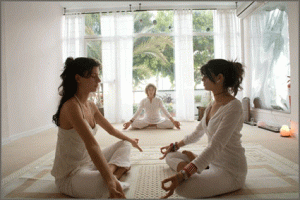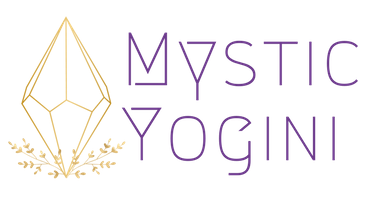 Have you ever been to a Kundalini Yoga class and sat wondering how in the world these yogi’s are holding crazy strengthening postures for long periods of time? Have you ever wondered if there is an easier way to do kundalini yoga?
Have you ever been to a Kundalini Yoga class and sat wondering how in the world these yogi’s are holding crazy strengthening postures for long periods of time? Have you ever wondered if there is an easier way to do kundalini yoga?
I have.
And to my great surprise, in KYTT, they taught us how.
My classmates asked why the general public doesn’t know about the Root Line and its simply because in a regular class the teachers don’t have time to go over it which makes sense. I will tell you that since learning it, I’ve been doing my best to practice using the Root Line when I can, and it does work.
So what is the Root Line?
The root line is an energetic and physical connection to the ground. It is used during a yoga posture to create a strong base from which we do the pose from. When we use a root line we are creating a force down that pushes us up, making it easier to do the posture because we are more supported.
According to Guru Prem, use the root line provides support for our lower back, reducing back injuries during postures.
How do you make a Root Line?
The root line is created by tensing the navel point, then applying root lock and directing the energy to the point of our bodies in the posture that is nearest to the ground. When we tense the navel point and create a mild root lock we are offering our body stability through a root line. Examples:
If you are doing stretch pose, before you enter stretch pose you tense your navel point area, and visualize/feel the energy you are squeezing out go directly from the navel straight down to to the ground.
If you are doing archer, once you are in the pose, you squeeze the navel point pushing the energy straight down to the ground.
In any position I believe you tense the navel, then apply a mild root lock, and then direct the energy into the ground stabilizing and balancing you. This also corrects your posture automatically to what it should be in the position because in order for you to squeeze your navel you must have a straight back. In order for you to apply root lock you must rotate your pelvis to the correct place. It all happens automatically as you tense your muscles.
“When we reach a certain frequency in our practice of an open and vast mind the posture becomes right.” – Guru Prem, the Posture Master, page 110 of Divine Alignment
Tips
When we were talking about the root line and posture in class there were several things that came up.
First, that quote from Guru Prem was a huge moment of Ah-ha! There have been times when I’m meditating or in a posture, simply doing my best to be in the moment, focusing on my breath when suddenly my posture is adjusted without me taking part. Suddenly my hand jerks to another place. Suddenly I’m put upright. It’s done by invisible hands.
I asked about this, because the quote is so reminiscent of this, and the woman teaching, Bir Kaur I think, said that is precisely what the quote refers too. The posture becomes automatically adjusted as we rise the frequency of connecting to the Golden Chain present for each of us each time we do the practice.
Next, kundalini yoga is not about perfection. It’s about being devoted to our bodies, nurturing them with our practice. This is a practice that will help our body serve our souls destiny, and it teaches us the language of the body.
Third, we must learn the difference between the pain of the body and the pain of the mind. Often the mind will say something hurts because doing that posture is actually loosening the wounded egos hold on us. When we know the difference we can take care of our body and still comfortably push our comfort zones.
“Be navel centered, open hearted and empty headed.” – Bir Kaur
There doesn’t seem to be too much written about this topic even though it makes a huge difference in my yoga practice. It makes many postures easier for me to do like stretch pose even though it does take some getting used to.
Guru Prem wrote a beautiful book on posture called Divine Alignment. It is on my wishlist.
He also wrote an article on posture with more information on root line here.
